Persepolis, Persia’s symbol of glory & magnificence
Persepolis, whose magnificent ruins rest at the foot of Kuh-e Rahmat (Mountain of Mercy) in south-western Iran, is renowned as the gem of Persian Achaemenid ensembles in the fields of architecture, urban planning, construction technology, and art. This capital city was founded by Darius I in 518 B.C.
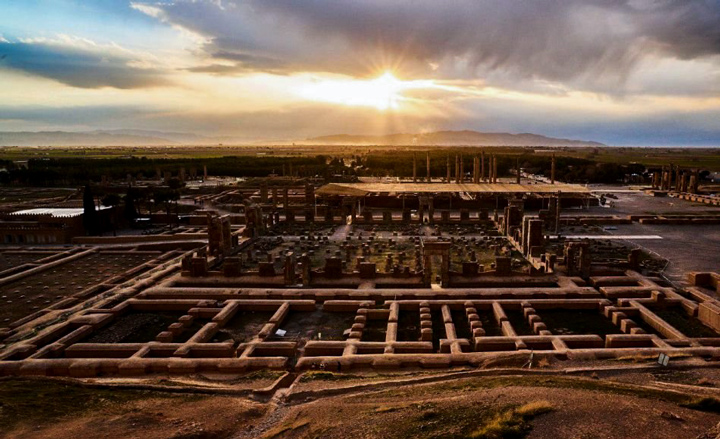
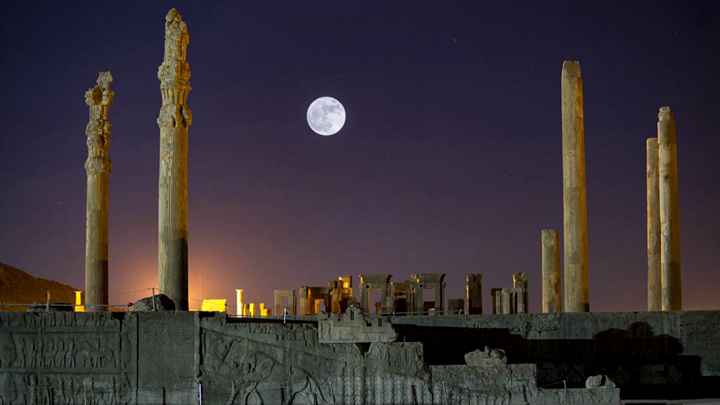
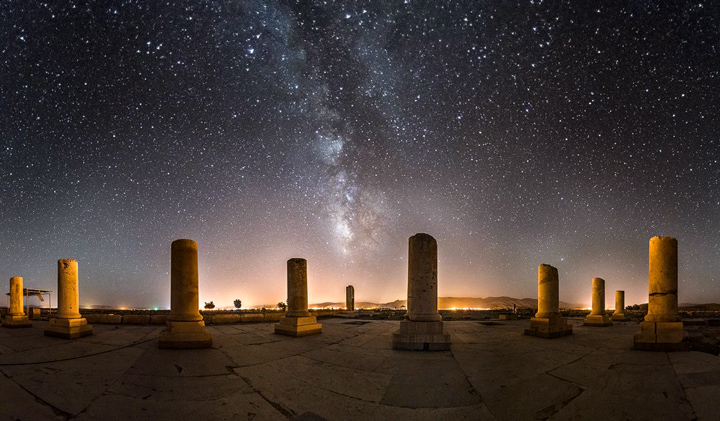
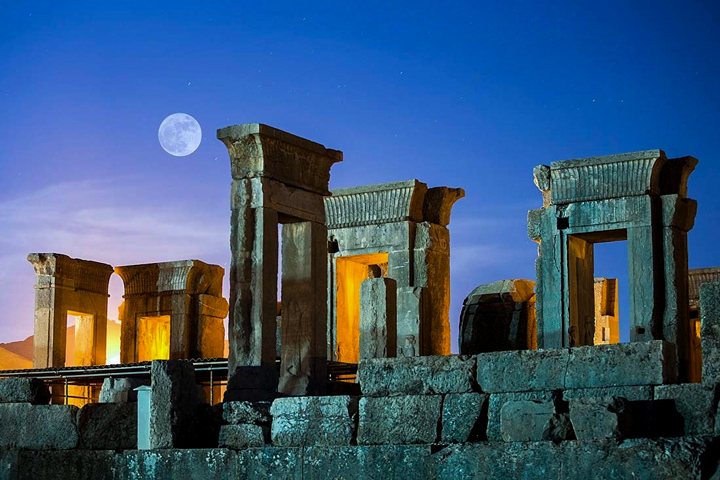
The site is marked by a large terrace with its east side abutting Raḥmat Mountain. On the west side, a magnificent double stair in two flights of 111 short stone steps leads to the top of the terrace with ruins of a number of colossal buildings, all constructed of dark gray stones and often polished to a marble-like surface.
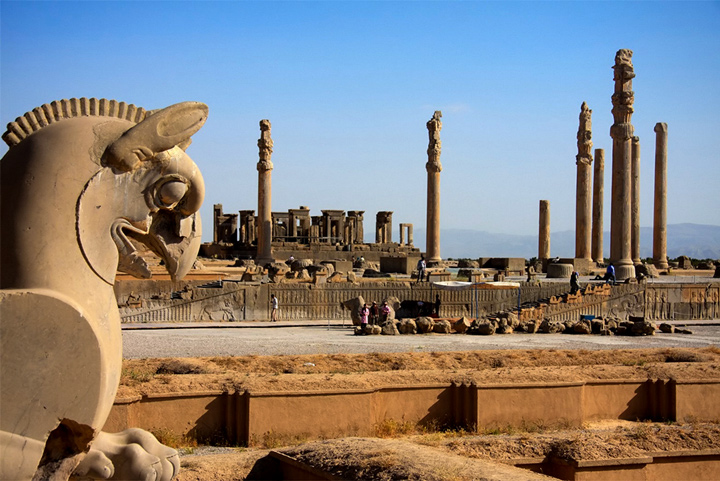
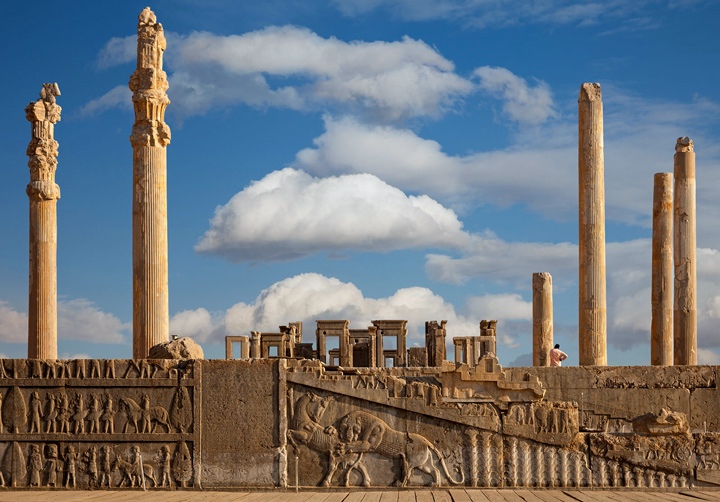
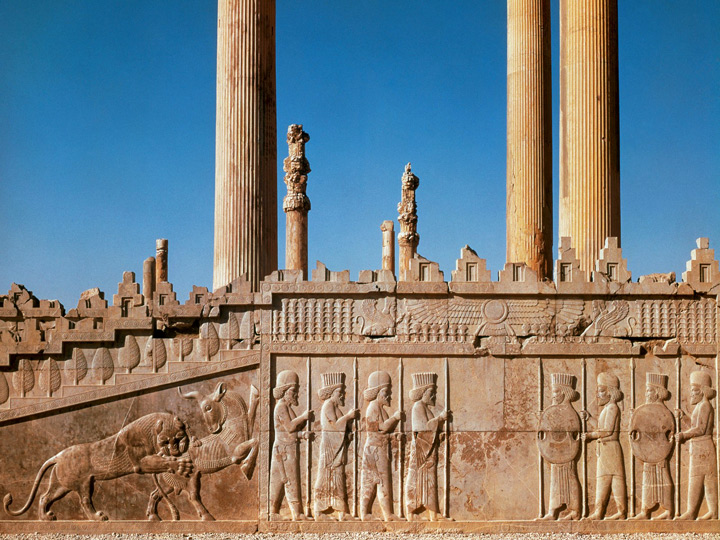
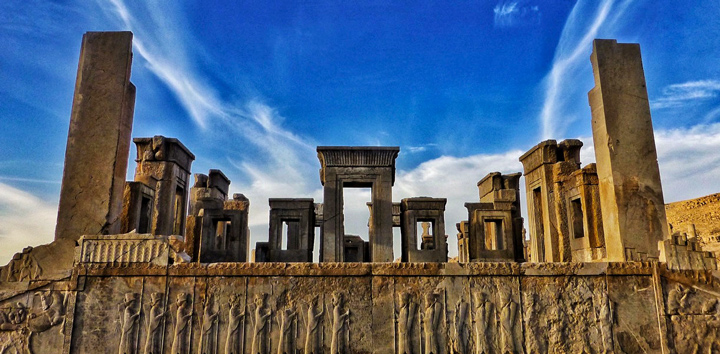
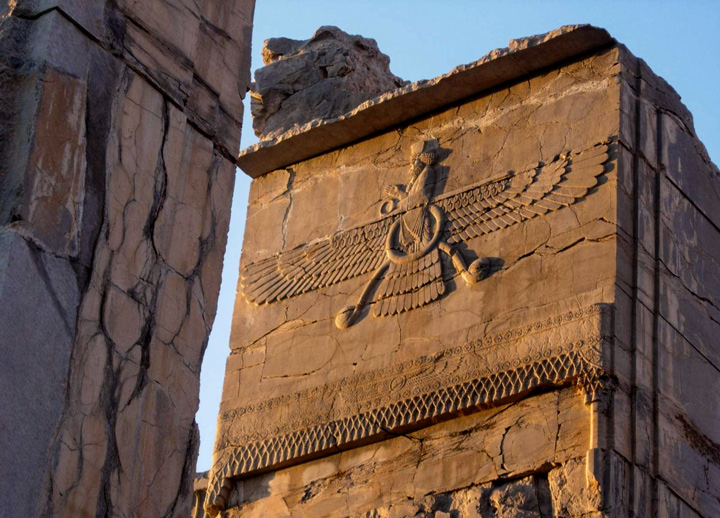
Especially striking are the huge Persian columns topped with elaborate double-bull capitals, 13 of which still stand in the audience hall of Darius I. Also on this terrace, remain walls covered by sculpted friezes at various levels, contingent Assyrianesque propylaea (Gate of All Nations), gigantic sculpted winged bulls, and remains of 8 royal palaces including Apadana, Tachara, Hadish, Hé, Se-Dar, Sad Sotun, Showra and the Queen’s Palaces.
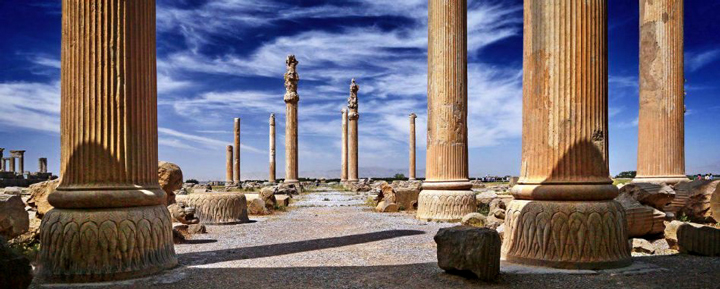

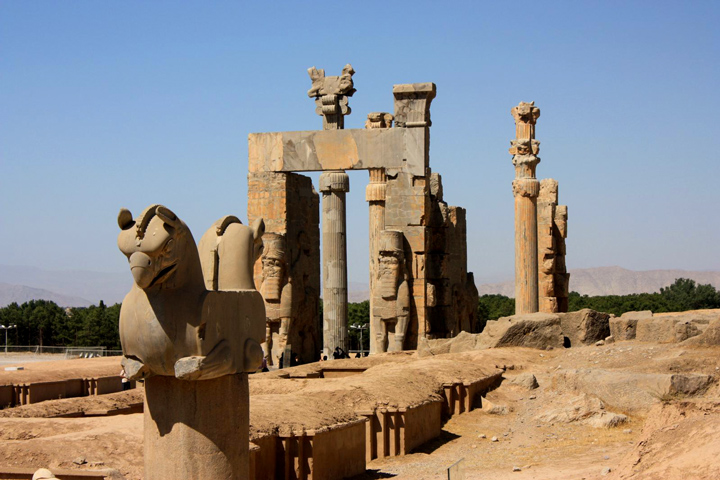
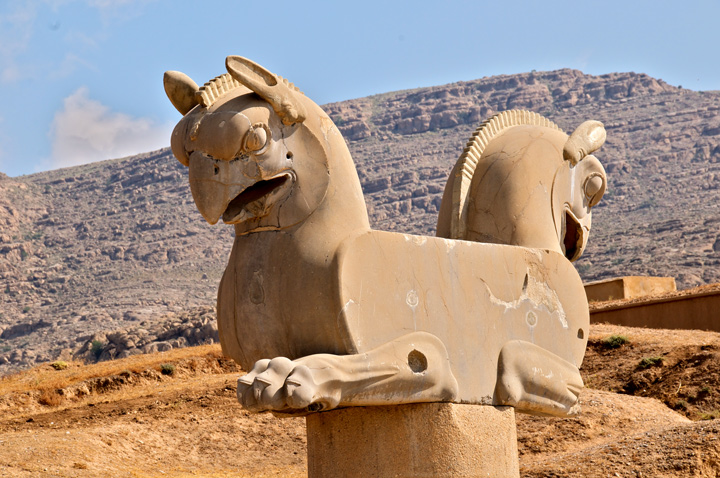
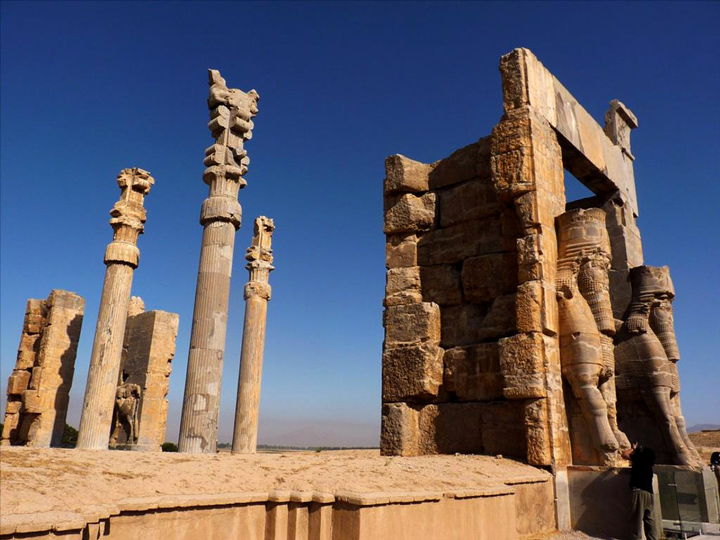
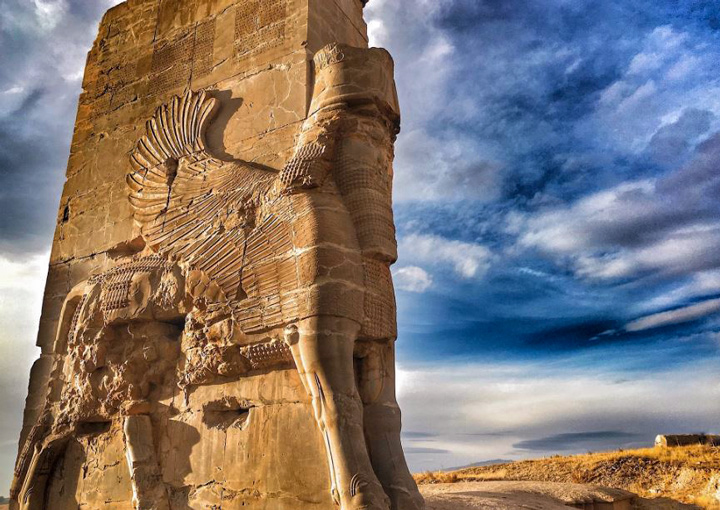
A regular pattern on the walls, stairways or tablets in Persepolis is the lotus flower, held by figures as a sign of peace and sodality and the symbol of Anahita, the goddess of water and wisdom in ancient Persia. Also there are various carvings on the walls of Persepolis of the “Javid Army” (the immortal army) and figures of people from various ethnic groups (white and black colors) in different social occasions such as dealing, presenting gifts to the king, attending ceremonies, and even animals.
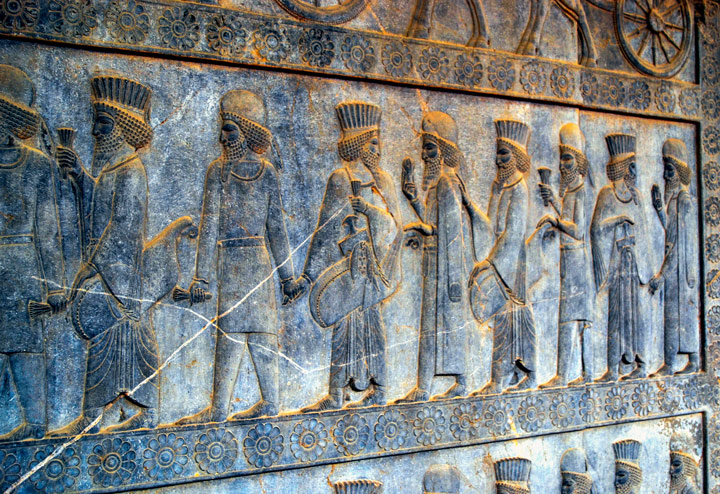
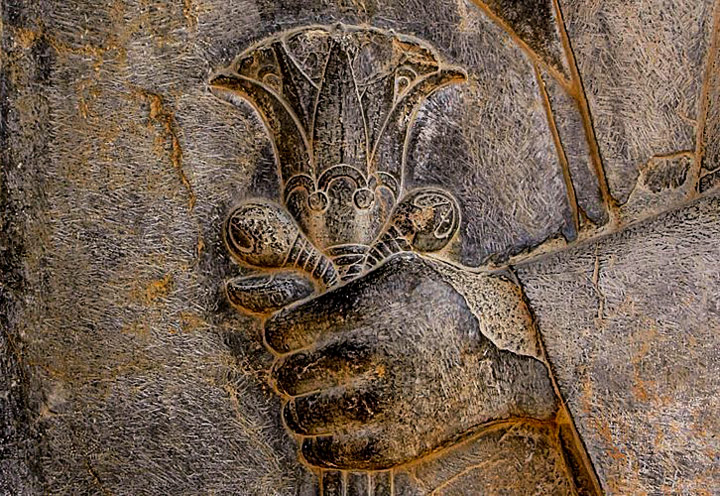
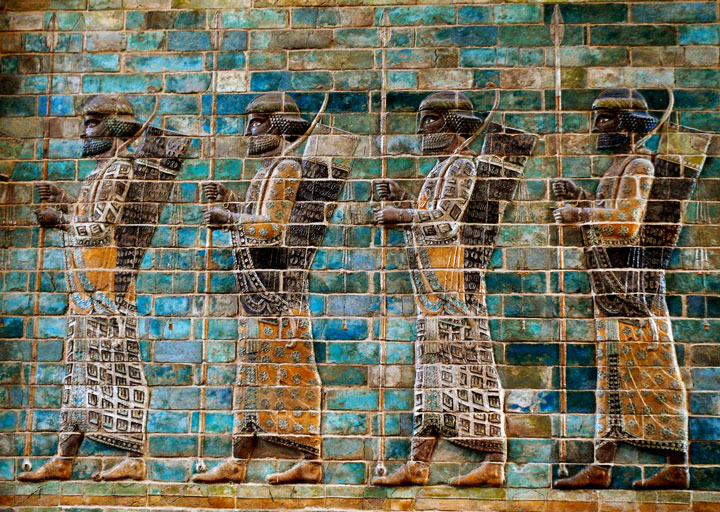
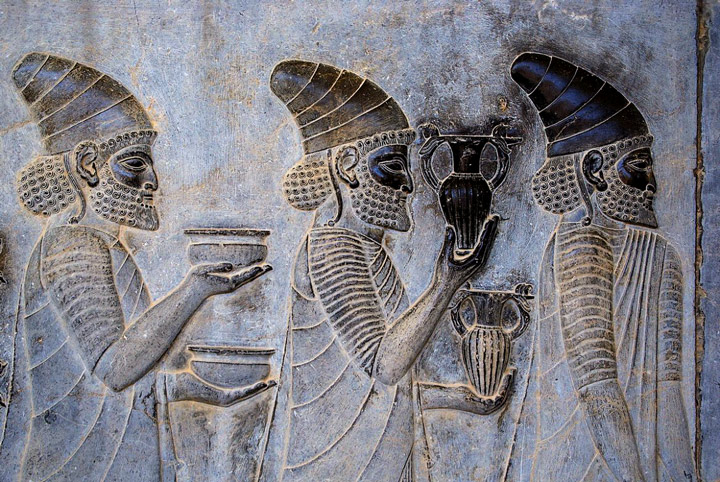
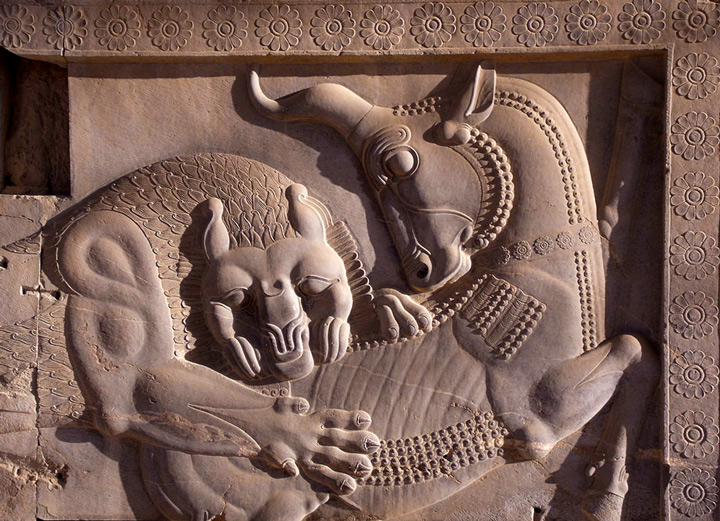
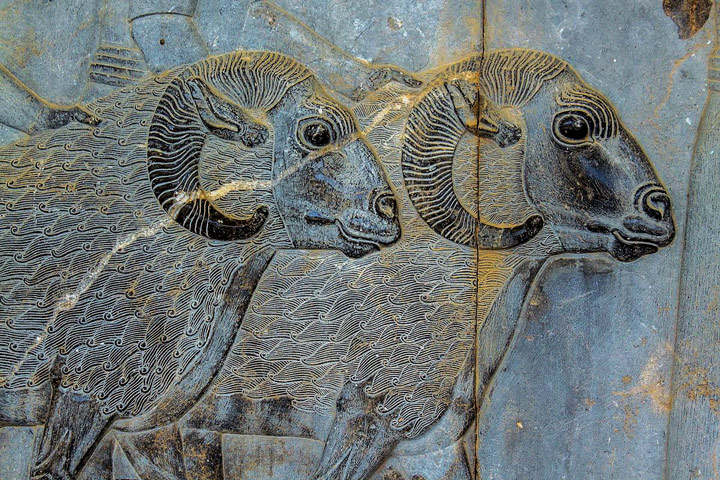
The importance and quality of these monumental ruins make it a unique archaeological site as well as one of the most important and most visited tourist attractions in Iran. The Persepolis Ensemble was registered in the national list of Iranian monuments in 1931 and was declared a World Heritage Site by UNESCO in 1979.
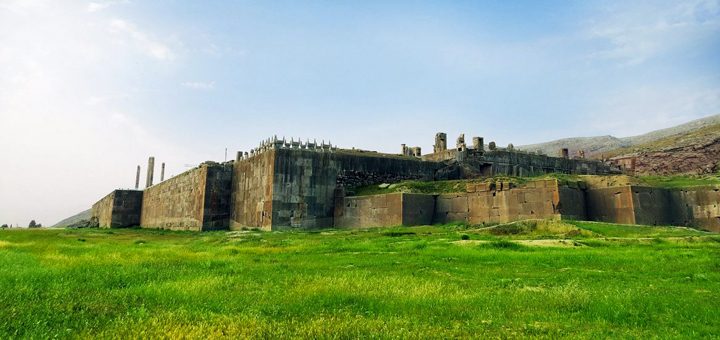
References:
